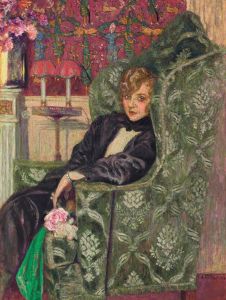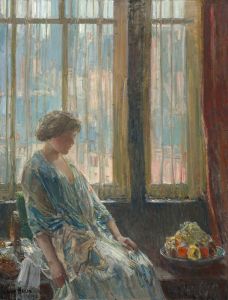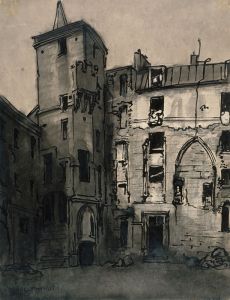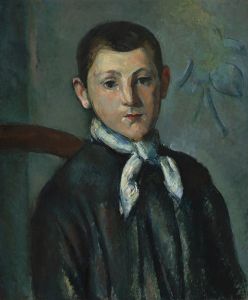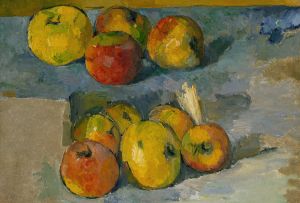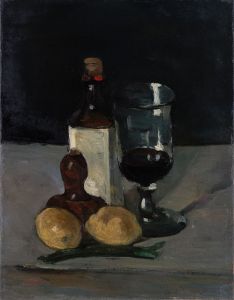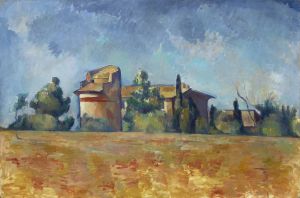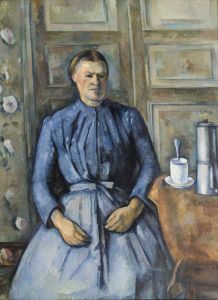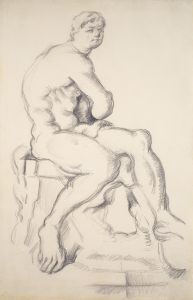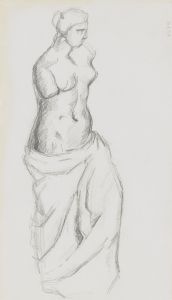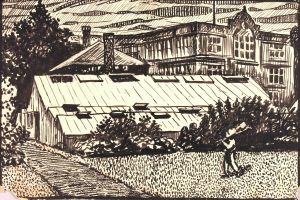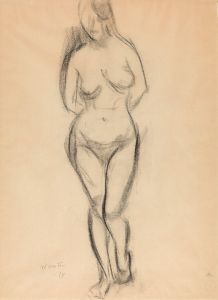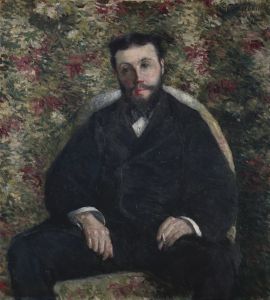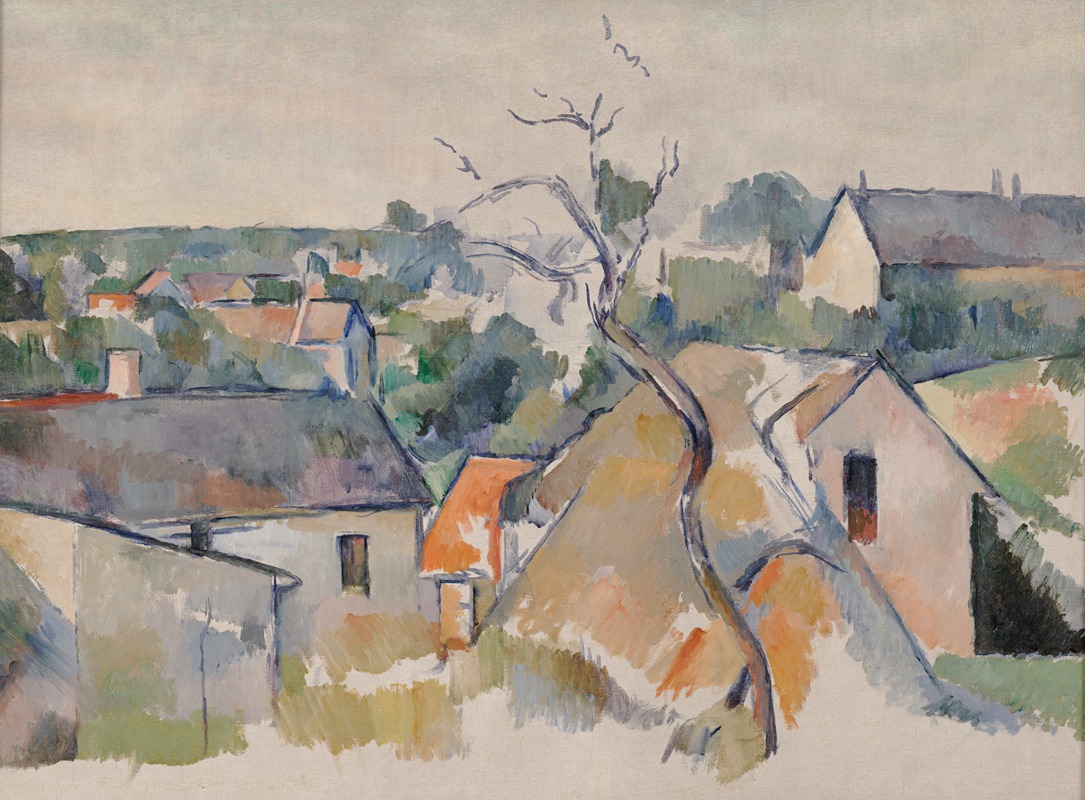
The Rooftops
A hand-painted replica of Paul Cézanne’s masterpiece The Rooftops, meticulously crafted by professional artists to capture the true essence of the original. Each piece is created with museum-quality canvas and rare mineral pigments, carefully painted by experienced artists with delicate brushstrokes and rich, layered colors to perfectly recreate the texture of the original artwork. Unlike machine-printed reproductions, this hand-painted version brings the painting to life, infused with the artist’s emotions and skill in every stroke. Whether for personal collection or home decoration, it instantly elevates the artistic atmosphere of any space.
Paul Cézanne's painting "The Rooftops" is a notable work by the French Post-Impressionist artist, who is often credited with laying the foundations for the transition from 19th-century artistic concepts to a new and radically different world of art in the 20th century. Cézanne's work is characterized by his unique approach to form and color, which has influenced countless artists and movements, including Cubism and Fauvism.
"The Rooftops" is one of Cézanne's many explorations of the landscape genre, a subject he returned to repeatedly throughout his career. While specific details about this particular painting, such as its exact date of creation, are not widely documented, it is consistent with Cézanne's broader body of work from the late 19th to early 20th century. During this period, Cézanne was deeply engaged with capturing the essence of the landscapes around his native Provence, as well as other regions in France.
Cézanne's technique in "The Rooftops" reflects his innovative use of color and brushwork. He often employed a method of building up color with small, repetitive brushstrokes, which allowed him to create a sense of depth and structure in his compositions. This approach can be seen in the way he captures the interplay of light and shadow across the rooftops, using a palette that includes earthy tones and vibrant hues to convey the atmosphere of the scene.
The composition of "The Rooftops" is likely to exhibit Cézanne's characteristic attention to geometric forms. He had a keen interest in the underlying shapes that make up the natural world, and this is evident in the way he simplifies and abstracts the forms of buildings and landscapes. This focus on geometry and structure was a significant departure from the more fluid and spontaneous techniques of the Impressionists, with whom Cézanne was initially associated.
Cézanne's influence on modern art cannot be overstated, and "The Rooftops" is an example of his ability to transform ordinary scenes into studies of form and color that challenge the viewer's perception. His work laid the groundwork for the development of Cubism, as artists like Pablo Picasso and Georges Braque drew inspiration from Cézanne's exploration of multiple perspectives and his emphasis on the two-dimensionality of the canvas.
While specific exhibitions or collections housing "The Rooftops" are not detailed in available records, Cézanne's works are held in numerous prestigious institutions worldwide, including the Musée d'Orsay in Paris, the Museum of Modern Art in New York, and the National Gallery in London. His paintings continue to be studied and admired for their groundbreaking approach to depicting reality and their profound impact on the trajectory of modern art.
In summary, "The Rooftops" by Paul Cézanne exemplifies the artist's revolutionary approach to painting, characterized by a focus on geometric forms, a unique use of color, and a departure from traditional representational techniques. Cézanne's work remains a cornerstone of art history, influencing generations of artists and reshaping the landscape of modern art.





